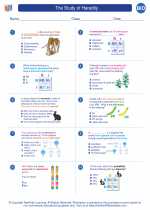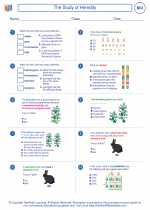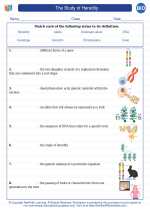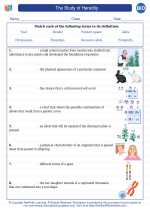Durability in Biology
Molecular and Cellular Level
At the molecular and cellular level, durability is often associated with the stability and resilience of biomolecules such as DNA, proteins, and cell membranes. DNA repair mechanisms and the presence of protective proteins help to maintain the integrity of genetic material, ensuring the continuity of vital cellular functions. Additionally, the robustness of cell membranes and the efficiency of cellular detoxification mechanisms contribute to cellular durability.
Organism Level
At the level of whole organisms, durability can be observed in various physiological and anatomical adaptations that enhance survival in challenging environments. For example, some organisms may have evolved specialized structures or mechanisms to resist physical damage, such as thickened cuticles in plants or protective exoskeletons in arthropods. Other adaptations, such as efficient thermoregulation, osmoregulation, and respiratory systems, contribute to an organism's overall durability in the face of environmental stressors.
Ecosystem Level
Durability is also a critical factor in the stability and resilience of ecosystems. Biodiversity, the presence of keystone species, and the interconnectedness of ecological networks all contribute to the durability of ecosystems. Additionally, the capacity of ecosystems to withstand disturbances such as natural disasters, climate change, and human impact is a measure of their durability.
Study Guide for Durability in Biology
- Key Concepts
- Understand the concept of durability in biology and its significance for the survival and adaptation of organisms.
- Molecular and Cellular Level
- Explore the molecular mechanisms that contribute to the durability of biomolecules and cellular structures.
- Investigate the role of DNA repair mechanisms, protective proteins, and cellular detoxification processes in maintaining cellular durability.
- Organism Level
- Examine the anatomical and physiological adaptations that enhance the durability of organisms in challenging environments.
- Investigate specific examples of durability-related adaptations in plants, animals, and other organisms.
- Ecosystem Level
- Understand the role of biodiversity, keystone species, and ecological interconnectedness in promoting the durability of ecosystems.
- Explore the factors that contribute to the resilience of ecosystems in the face of environmental disturbances.
- Case Studies and Research
- Research and analyze case studies that demonstrate the concept of durability in biological systems.
- Investigate current research on the molecular, organismal, and ecological aspects of durability in biology.
◂Biology Worksheets and Study Guides High School. The Study of Heredity

 Worksheet/Answer key
Worksheet/Answer key
 Vocabulary/Answer key
Vocabulary/Answer key
 Vocabulary/Answer key
Vocabulary/Answer key
 Vocabulary/Answer key
Vocabulary/Answer key
